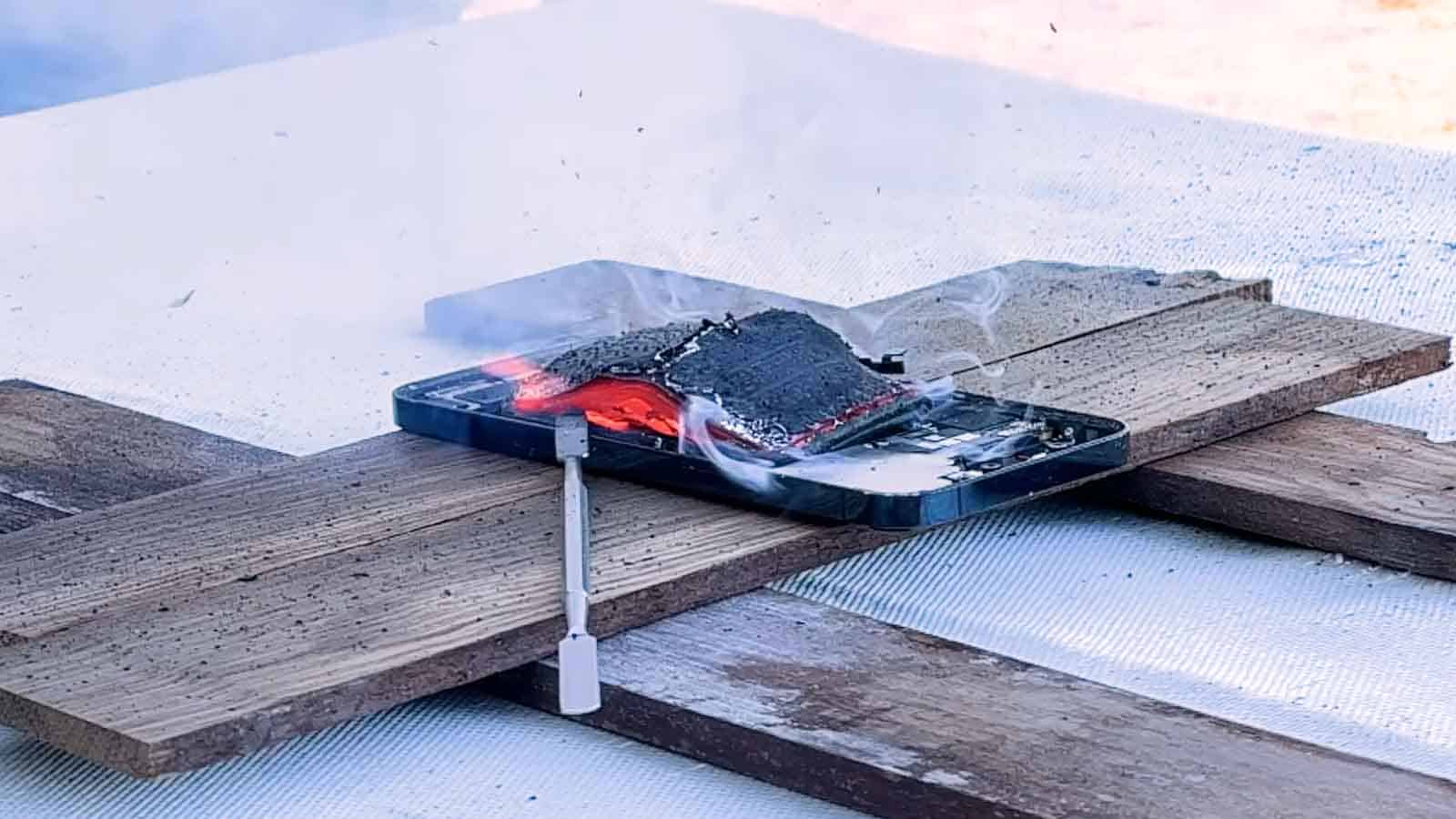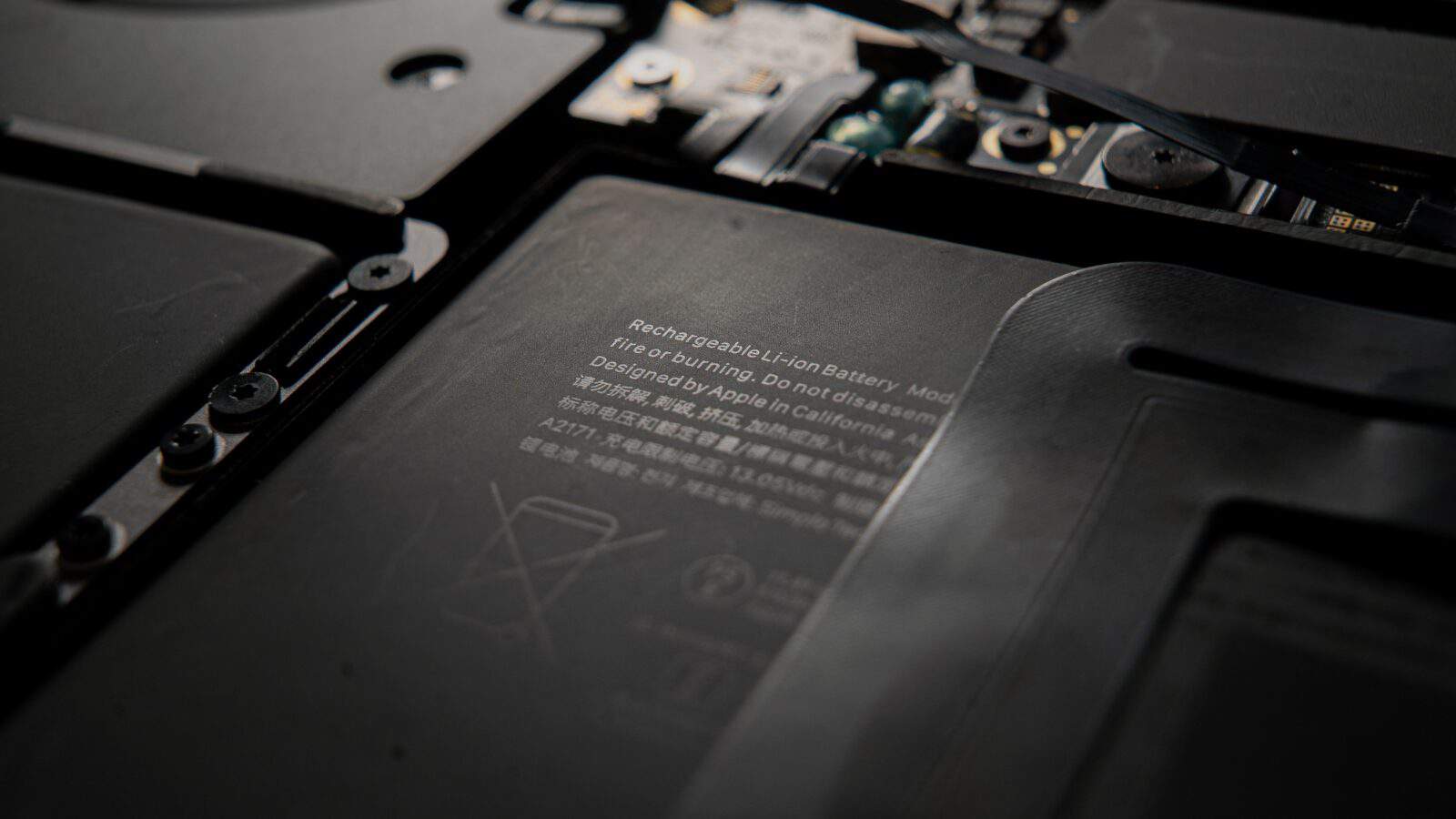News
This is why you shouldn’t poke holes in lithium batteries
A new iFixit video shows what happens when lithium batteries overheat or short-circuit.

Just a heads up, if you buy something through our links, we may get a small share of the sale. It’s one of the ways we keep the lights on here. Click here for more.
Lithium batteries are everywhere. They’re also incredibly dangerous.
If they overheat or short-circuit, they’re liable to catch fire. Puncture them, and they may explode in the most spectacular of fashions.
Remember the Samsung Galaxy Note 7? Or the spate of highly-combustible hoverboards that flooded the US in 2016?
Illustrating this point is a new video from iFixit, which shows what happens when you pierce a Lithium-Ion battery.
You’re probably familiar with iFixit. If your phone or laptop breaks, iFixit will show you how to fix it. It sells repair tools and replacement components.
I’m a massive fan of its Mako screwdriver kit. And, most importantly, iFixit is the leading force behind the Right-to-Repair movement.
As an organization, iFixit isn’t in the habit of deliberately breaking technology, or creating huge explosions for comic effect.
But their video raises an important point: Lithium-based batteries should be handled with care and respect.
Breaking batteries for fun and science

iFixit started by taking a small smartphone battery and piercing it with a metal spudger. Lithium batteries are effectively thin strips of electrodes stacked atop each other.
As the spudger makes its way through the battery, it creates a short circuit that ignites the volatile lithium and oxygen within.
Moments after, a thick plume of smoke poured from the battery. But what happens if you puncture a larger battery, like the one found in your laptop?
Answer: the same thing. Just bigger. Since larger batteries contain more of the highly-combustible elements found in your smartphone, they produce a more intense flame when punctured or damaged.
For iFixit’s next trick, it turned its attention to an obviously-defective battery. You can tell when a battery its end-of-life. The cells begin to bulge with noxious gas. This phenomenon has a nickname: spicy pillows.

iFixit pointed out that a battery’s combustibility is linked to its charge. Since worn-out batteries have a smaller capacity, their destructive potential is limited. Limited, but still dangerous.
As iFixit’s team poked holes into the swollen cells, they emitted thick plumes of smoke.
Concluding this display of technological pyrotechnics, iFixit fired a volley of nails into a large battery. The kind you’ll find in a hoverboard or electric scooter.
This produced an intense flame that, if it occurred in a confined space, would easily turn a family home into a smoldering pile of ashes.
An important message
iFixit didn’t do this for shock value. There’s method to the madness. One of the biggest refrains we hear from Right-to-Repair opponents is that consumers would be at risk if allowed to fix their own equipment.
But if you handle batteries sensibly and with respect, that risk disappears. iFixit ended the video with practical advice.
Before disassembling your hardware, ensure the battery is charged to 25 percent or lower. Depleted batteries are ultimately safer batteries.
Have any thoughts on this? Carry the discussion over to our Twitter or Facebook.
Editors’ Recommendations:
- Samsung Galaxy S23: news, rumors, features, and release date
- iPhone 15: News, rumors, leaks, pricing, and release date
- Apple unveils new MLS Season Pass pricing and release
- NFL Plus lets you stream live football games but there’s a catch
































